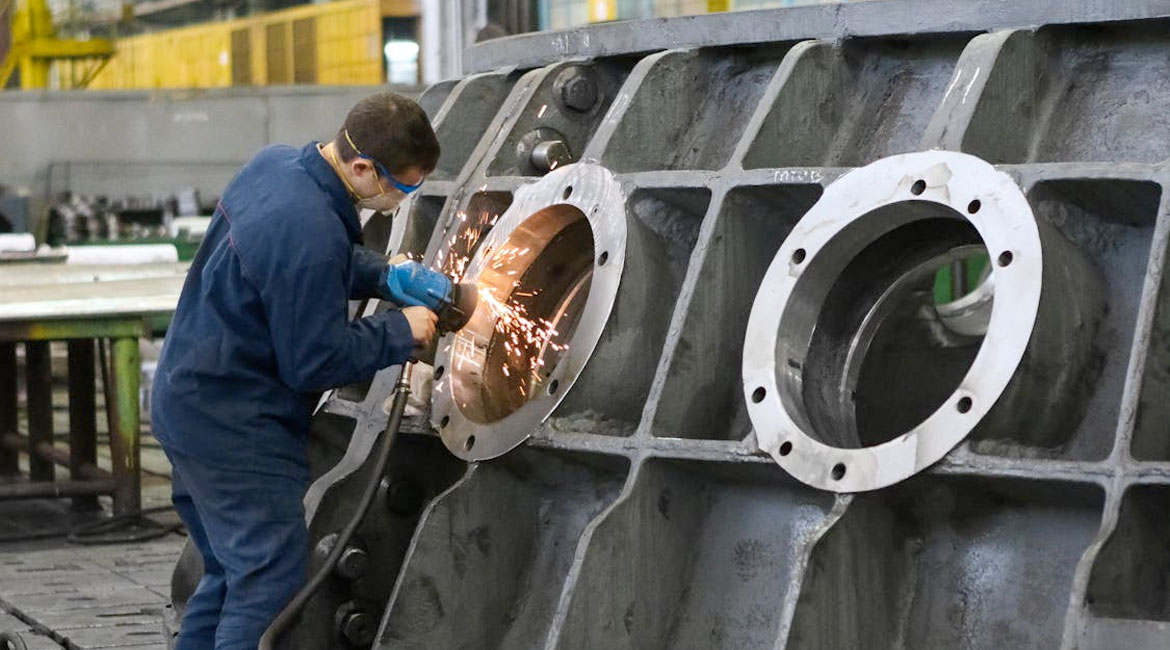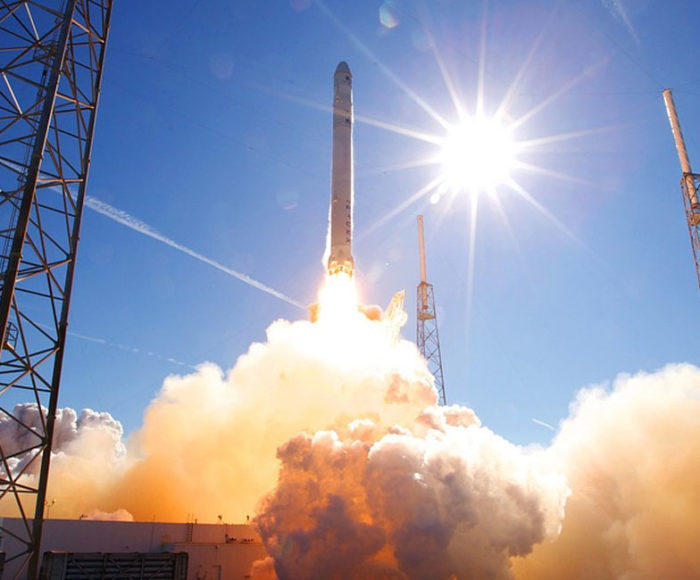Supply chains have undergone a dramatic transformation over the past few decades. Once characterized by linear, cost-driven models focused on efficiency and scale, today’s supply chains are increasingly dynamic, digital, and resilient.
This evolution has been driven by globalization, technological innovation, shifting consumer expectations, and disruptions such as pandemics, geopolitical tensions, and climate-related events. In response, corporations have adapted their supply chain strategies to remain competitive, agile, and sustainable.
Supply chains have shifted from linear models to integrated ecosystems
Historically, supply chains operated as sequential processes, from raw material sourcing to manufacturing, distribution, and retail. These systems prioritized cost minimization and just-in-time inventory management. However, this approach proved vulnerable to disruptions. Events like the COVID-19 pandemic exposed the fragility of global supply chains, prompting companies to rethink their models.
Modern supply chains resemble interconnected ecosystems, where suppliers, manufacturers, logistics providers, and retailers collaborate in real time. Corporations now emphasize visibility, flexibility, and risk management. Multi-sourcing strategies, nearshoring, and regional diversification have become common practices to reduce dependency on single suppliers or geographies.
Technology has played a pivotal role in reshaping supply chains. Digital tools such as artificial intelligence (AI), machine learning, blockchain, and the Internet of Things (IoT) enable real-time tracking, predictive analytics, and automated decision-making. These innovations help companies anticipate disruptions, optimize inventory, and improve customer service.
For example, predictive analytics can forecast demand fluctuations, allowing firms to adjust production schedules proactively. Blockchain enhances transparency by providing immutable records of transactions, which is especially valuable in industries like pharmaceuticals and food. IoT devices monitor the condition and location of goods in transit, reducing losses and improving accountability.

Digital twins, virtual replicas of physical supply chains, are also gaining traction. They allow companies to simulate scenarios, test strategies, and identify bottlenecks before they occur. This proactive approach to supply chain management marks a significant shift from reactive problem-solving to strategic foresight.
Resilience and risk management have become central to supply chain strategy
The frequency and severity of supply chain disruptions have elevated resilience to a top priority. Corporations are investing in risk assessment frameworks, scenario planning, and business continuity strategies. Rather than optimizing solely for cost, firms now balance efficiency with robustness.
Inventory strategies have evolved as well. While lean inventory was once the norm, many companies now maintain strategic stockpiles of critical components. Supplier relationships are being restructured to include contingency clauses and collaborative risk-sharing models. Some firms are even vertically integrating key parts of their supply chains to gain greater control and reduce exposure.
Cybersecurity has also emerged as a critical concern. As supply chains become more digitized, protecting data and systems from cyber threats is essential. Companies are investing in secure platforms and training to safeguard their operations.
Sustainability is shaping the future of supply chain adaptation
Environmental and social governance (ESG) considerations are increasingly influencing supply chain decisions. Consumers, investors, and regulators are demanding greater accountability for carbon emissions, labor practices, and resource usage. In response, corporations are redesigning supply chains to be more sustainable and ethical.
Green logistics, circular supply chains, and carbon footprint tracking are becoming standard practices. Companies are sourcing materials responsibly, reducing packaging waste, and investing in renewable energy for transportation and warehousing. Supplier audits and certifications ensure compliance with ethical standards.
Sustainability is not just a moral imperative; it is a strategic advantage. Firms that align their supply chains with ESG goals often enjoy stronger brand loyalty, access to green financing, and reduced regulatory risk.
Takeaway
The evolution of supply chains reflects a broader shift in corporate thinking, from efficiency to resilience, from opacity to transparency, and from short-term gains to long-term sustainability. As global challenges continue to emerge, companies that embrace innovation, collaboration, and responsible practices will be best positioned to thrive in the future.
|
by Doğan Erbek and STF Team |




